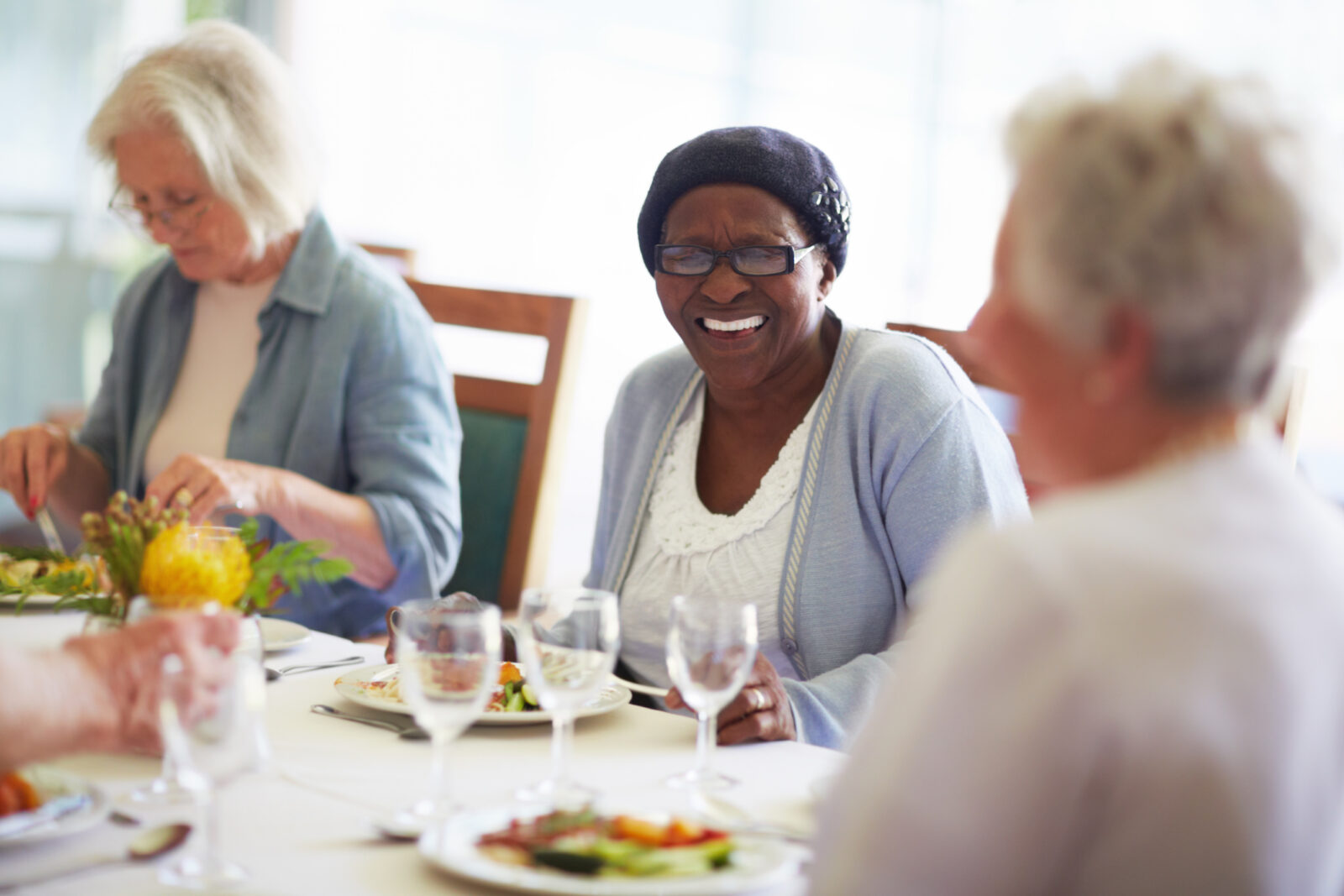Nourishing Independence Through Healthy Eating Habits

Do you celebrate the power of food as a tool for empowerment as we grow older? Making informed food choices and developing healthy eating habits can support aging with energy and vitality. Sadly, there’s a rising concern about disordered eating among seniors. Disordered eating in older adults can be difficult to spot as we grow older, our taste buds become less sensitive, and our appetites lessen. Learning the signs – and knowing what to do – can go a long way to helping loved ones live independently and healthily.
Eating disorders occur when someone changes the way they eat or absorb food and impairs their mental and/or physical health. There are eight different types of disordered eating, with most people having some knowledge of anorexia or bulimia. Typically considered a health issue for younger generations, statistics show that women over 50 have the eating disorder symptoms at the same rate for those under 20 (13%). Nearly 20% of women over 70 are dieting. And it doesn’t just happen to women, almost 2% of men have an eating disorder – that’s upwards of 500,000 men aged 65 or older.
Disordered eating in seniors can be caused by several factors in addition to normal body changes. Medical conditions like diabetes, heart disease, or kidney problems can result in a loss of appetite. Treatments, like chemotherapy for cancer, may trigger a chronic loss of hunger. Losing interest in self-care, including eating, often goes with depression and other mental health issues. Social pressures and stress may induce overeating.
Regardless of the cause, it’s important to watch for signs that might show an eating disorder.
- Experiencing extreme weight fluctuations, whether losing or gaining;
- Disappearing around mealtime, either before or after;
- Eating alone, even when dining with family or friends;
- Suffering from hair loss, pale skin, and poor oral hygiene, which may be due to malnutrition;
- Dealing with chronic illnesses and infections because of a weakened immune system;
- Having gastrointestinal problems, due to unnatural eating habits.
The good news, helping our older loved ones get the nutrition they need can be easy. Here are three actions to keep in mind.
- Encourage Social Dining Eating with friends or taking part in community meal programs ensure opportunities for connection and consumption. Social interactions during meals not only enhance enjoyment but also alleviate feelings of loneliness and isolation, promoting better eating habits.
- Collaborative Meal Planning To foster a sense of autonomy, invite and involve seniors in meal planning and grocery shopping. This approach also allows them to select foods they enjoy while ensuring balanced nutrition. Creating simple and nutritious recipes together can make meal preparation an enjoyable activity.
- Regular Health Check-Ins Schedule regular medical appointments to monitor nutritional status and address any concerns. Healthcare providers can offer tailored dietary advice as well as identify early signs of disordered eating or nutritional deficiencies.
If you suspect disordering eating by an older adult, it’s important to get professional help as soon as possible. Best outcomes tend to include both therapy and medications.
Nutrition is a cornerstone of well-being at any age; for seniors, healthy eating habits can help them live independently. And that means they can savor every bite of life’s journey
![Family Home Health [logo]](https://www.familyhomehealthnetwork.com/wp-content/uploads/sites/250/2017/04/logo-new.png)